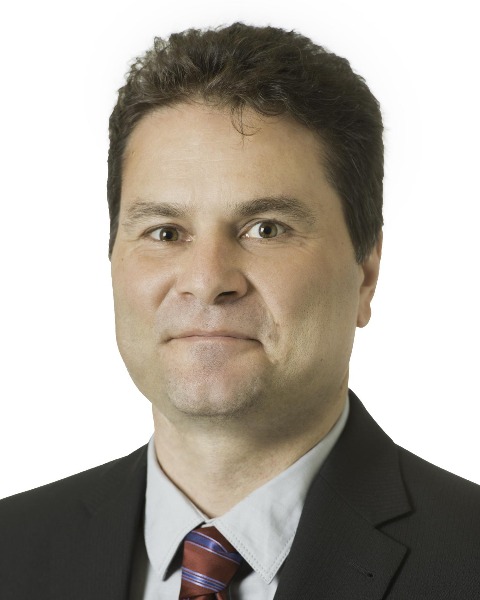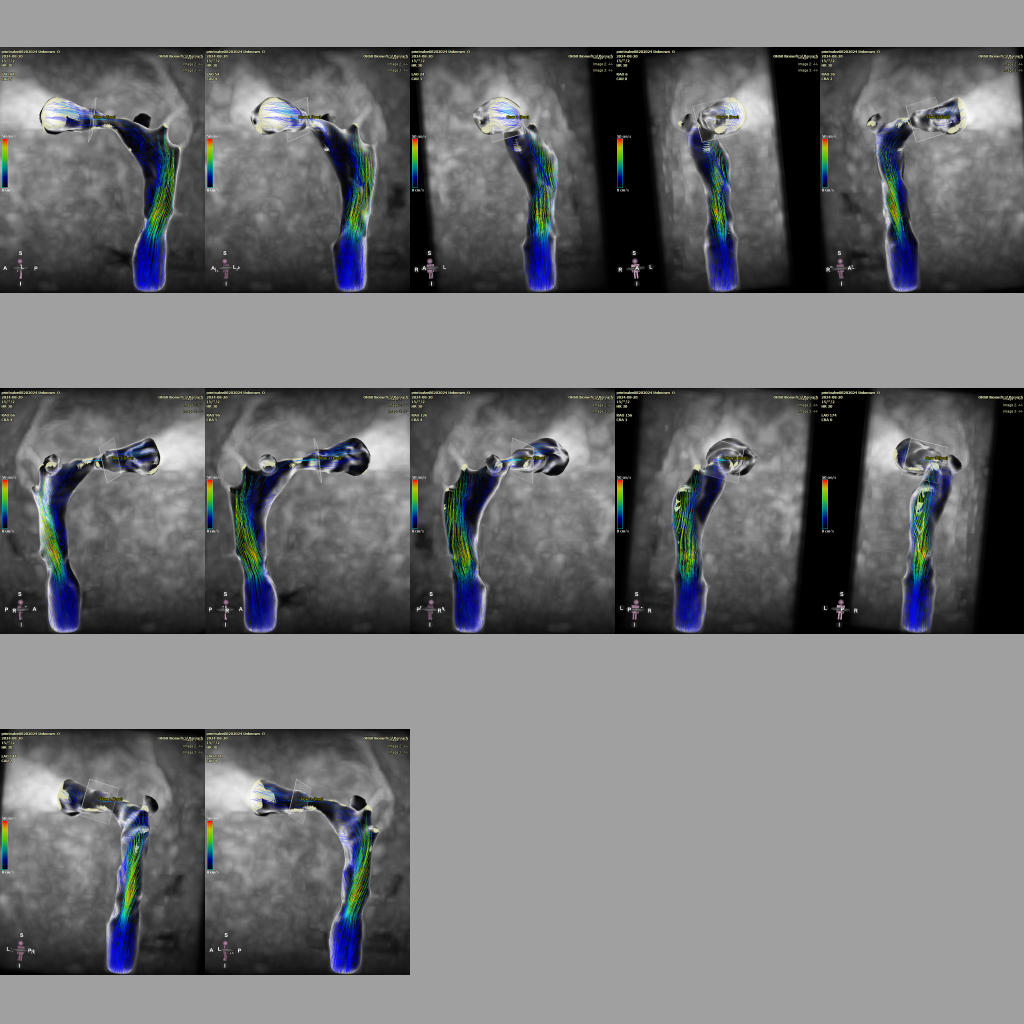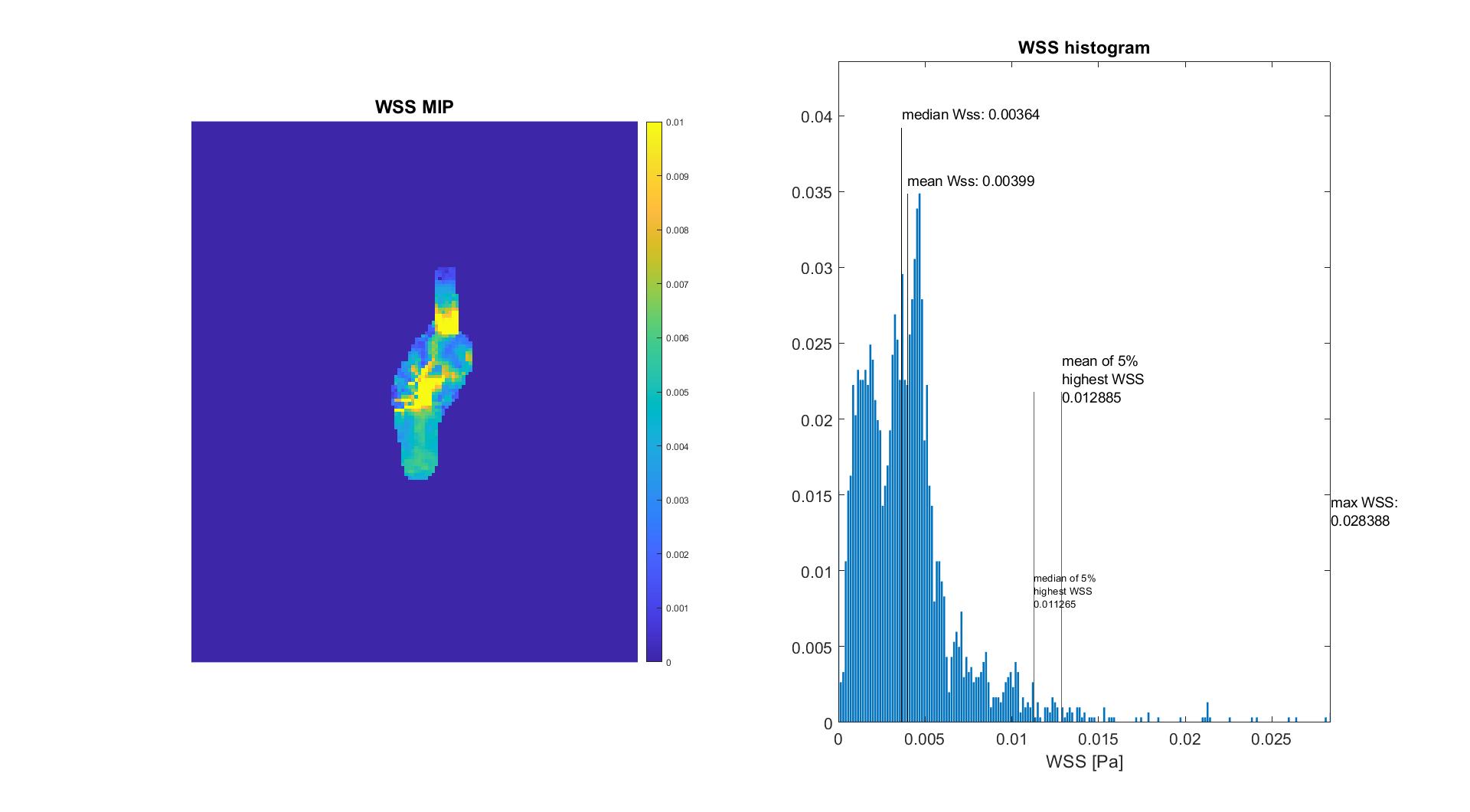Clinical & Translation
In Vitro Analysis of Aortic Flow Generated with an MR-compatible Bioreactor Using 4D Phase Contrast is Feasible
- MD
Matthew Dally, MD
R2 (PGY2)
Oregon Health & Science University 
Michael Silberbach, MD
Professor, Pediatrics
Oregon Health & Science University- KW
Keith Waters, BA
Certified Biomedical Equipment Technician
OHSU - JY
Jamie You, MD
Pediatric Perfusionist
Oregon Health & Science University - TC
Thomas Craigie, BA, RT
MRI Technologist
Oregon Health & Science University 
Lars Grosse-Wortmann, MD
Professor of Pediatrics
Oregon Health & Science University- CC
Crystal Calvert, BEng
Data Scientist
Oregon Health & Science University - DH
Duane T. Hickman, RT
MRI Technologist
OHSU/AIRC - DD
David Dushfunian, MD
Clinical Research Associate
Northwestern University Feinberg School of Medicine 
Michael Markl, PhD
Professor
Northwestern University Feinberg School of Medicine- AM
Ashok Muralidaran, MD
Associate Professor of Surgery and Pediatrics
Oregon Health & Science University
Presenting Author(s)
Primary Author(s)
Co-Author(s)
We have previously reported that bicuspid aortic valve asymmetric sinus shape correlates with NYHA functional class, left ventricular wall mass, and relative wall thickness, known predictors of adverse outcome in aortic valve disease (https://www.sciencedirect.com/science/article/pii/S1097664724007488). Personalized bioprosthetic aortic valves matching the asymmetry inherent to the bicuspid aortic sinuses may decrease valve shear stress and slow valve senescence, potentially benefiting overall myocardial health. Our laboratory has designed, constructed, and tested the feasibility of a cMR-compatible bioreactor to study 4-D flow-determined wall shear stress in a variety of valve – sinus shape combinations.
Methods:
The bioreactor was designed with 3D printing software (Mimics Innovation Suite, Materialise Inc. BE, Figure 1) and 3D printed plastic components were assembled. Three connected chambers (pneumatic, resistance, and reservoir (https://youtu.be/okMmzYQNNEw) circulate water driven by a compressible silicone balloon positioned within a hermetically sealed pneumatic chamber. An air compressor forces air from the MR control room through a hose connected to the intake port of the pneumatic chamber. The exhaust hose allows return to the control room where a pulse generator-driven solenoid valve sets the “heart rate”. For each experiment explanted porcine aortas are inserted into a stem-armature that extends from the balloon into the resistance chamber. Scanning was performed at 3T (Siemens Magnetom Prisma Fit). Four-dimensional flow MR images) were obtained in a sagittal oblique projection covering the thoracic aorta and gated to the pulse generator rate of 30/minute using previously published scanning parameters (Circ Cardiovasc Imaging, Barker et. al. doi: 10.1161/CIRCIMAGING.112.973370).
Results:
Five porcine aortas were studied. Systolic/Diastolic pressure was held constant for each experiment. Between experiments the fixed pressures ranged from 50/30 to 90/50. Within each experiment pressures did not vary by more than 3 mmHG. The longest study periods were up to 2 hours with system stability throughout. 4-D flow images were obtained in all cases (Figure 2 and https://youtu.be/hKnqsAvqPDQ). Wall shear stress was calculated and showed an area of elevated systolic WSS at the mid ascending aorta (Figure 3).
Conclusion: In vitro study of 4-D flow is feasible in an MR compatible bioreactor to study fluid structure interactions, determining wall shear stress, vorticity and energy loss. Future applications will involve preparations to study stem cell differentiation within valve shaped meshes placed in a chronic bioreactor kinetic environment.
Figure 1. Bioreactor schematic demonstrates circulation of fluid (arrows) through the pneumatic, resistance, and reservoir chambers of the bioreactor.The resistance chamber rests in the head coil..jpg)
4D flow images. Rotation of porcine aorta position in the resistance chamber of the bioreactor
Figure 3. Left: systolic WSS mapped on the surface of the porcine ascending aorta, shown as maximum intensity projection (MIP). An area of elevated WSS can clearly be identified. Right: Histogram of WSS used for the quantification of statistical measures (mean, median, maximum 5%) of the WSS distribution. 

